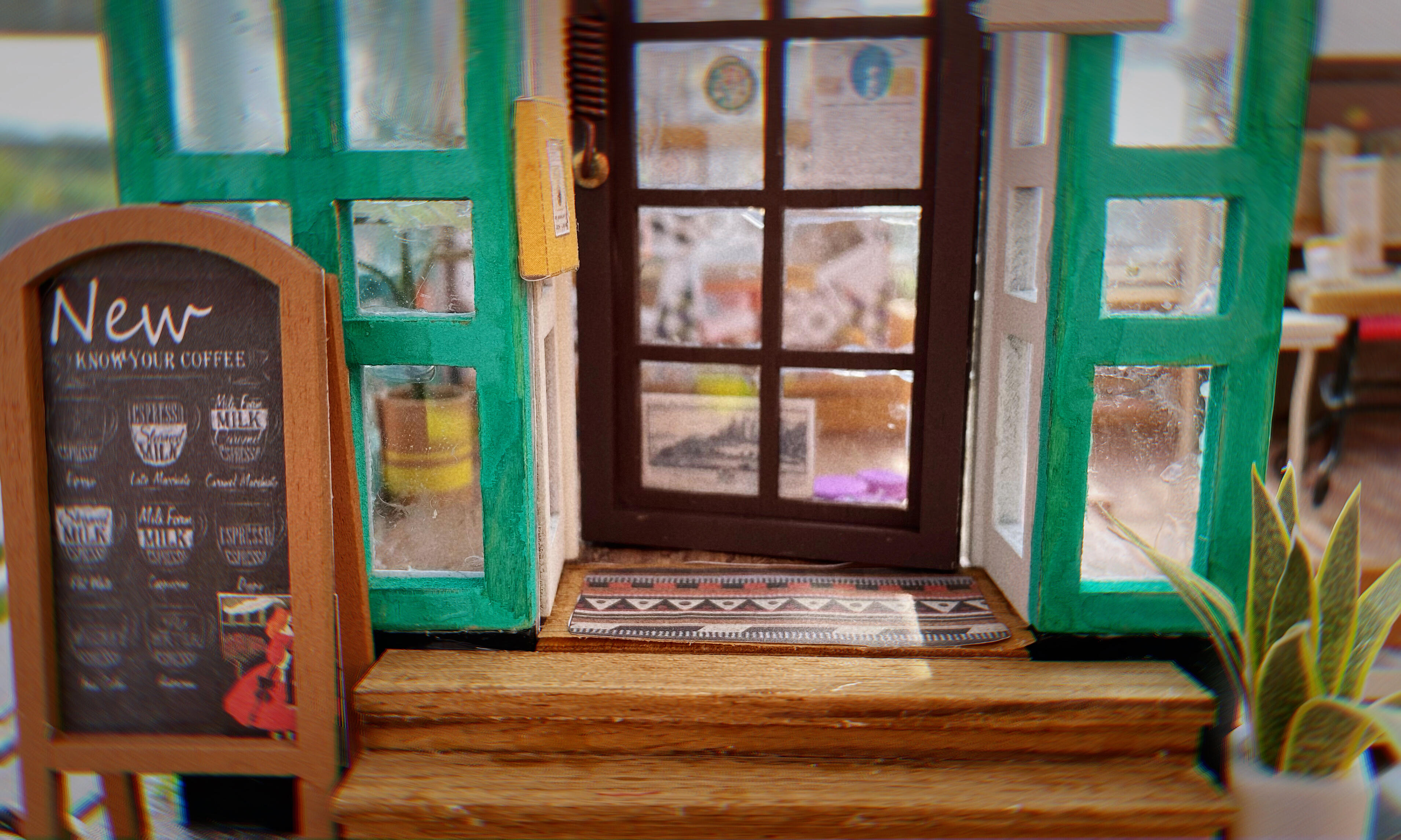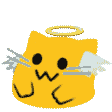One researcher told me how his entire career had been devoted to the sensory biology of birds and, apart from once being asked to write a chapter for an encyclopaedia of bird biology, had received relatively little recognition. On retirement he had burned all his papers, and then - to his simultaneous dismay and delight - I started asking him about his research.
Amazingly, we train ourselves to ‘reverse’ the inverse image on our retinas. In a famous experiment conducted in 1961, Dr Irwin Moon wore image-inverting spectacles that effectively turned the world upside down. At first he found it horribly disorientating, but after eight days of wearing the spectacles Dr Moon had adjusted and ‘saw’ the world the right way up again. To prove it, he drove his motorbike and took his plane for a spin – without mishap. Moon’s extreme experiment provided irrefutable evidence that we ‘see’ with our brain rather than with our eyes.
哇,我以前有听说过因为眼睛的成像是上下颠倒的,所以婴儿刚出生的时候看到的世界是反的,后来才调整过来的,原来同样的过程也可以在成人身上实现!大脑好神奇!
Type 2 includes birds like ducks and the woodcock, whose eyes are high up on the sides of the head. They don’t have a great forward view and most don’t need to see their bill tip because they rely on other senses when feeding, but they do have panoramic vision, above and behind – helping them detect potential predators. Interestingly, the views from each eye barely overlap, so they probably see two separate images.
如果两只眼睛看到的图片没有重叠的话,那不是就很难推测物体的深度吗![]() 还是说它们要求不高所以边运动边推测也可以…
还是说它们要求不高所以边运动边推测也可以…
我觉得很有意思的是,如果是像人的眼睛那样两只都在前面,那么前行的时候靠一只眼睛推测深度就不精确;但鸭子眼睛在两边,所以前行的时候几乎就是和视线垂直,两边的深度可以较好地计算…(有机器人是这样做的吗?)但前方到底是怎样呢…只能靠别的感官吗…
这本书里说到鸟类的 retina 不像脊椎动物的那样分布有血管,而是单独由一个叫 pecten 的器官提供,这样看东西不用隔着血管会更清晰。
于是我上网想查查看 pecten 长什么样,结果查到维基的图上有画血管,那是不是画错了啊?按照我的理解所有的血管都在 pecten 里?维基说“大大减少 retina 里血管的数量”,而我查到的别的来源都说是 no blood vessels…虽然“减少到零”也勉强能算“大大减少”吧…
ps. Retina 的中文是“视网膜”,但既然鸟类的 retina 里没有血管,那叫“网”就不合适了。
pps. Fovea 的中文是“中央窝”,但鸟类有两个 fovea,那也不能叫中央了吧。
If you have observed captive birds of prey, you will see that they often move their head from side to side or up and down as they watch you approach. They do this because they are alternating your image on their two foveas, the shallow one for close up, the deep one for distance.
咦我只注意过猫头鹰歪脑袋!它们不能转眼珠,所以就转脑袋。
不过恍惚也有印象鸟类的脑袋转得特别快。。观鸟不够多,下次出门带望远镜(还想搞个好的镜头![]()
some birds of paradise in New Guinea and manakins in South America actually create their own sun spot on the forest floor by pruning adjacent trees. It was once thought that this ‘gardening’ was to minimise the risk of predation, but as our understanding of avian vision improved, it became clear that the birds were manipulating the background colour to maximise the visual contrast of their plumage and the overall effectiveness of their sexual displays.
哇,自己给自己造舞台
Over several months, the owls were trained to peck at a bar positioned in front of two screens through which lights of different intensity were projected. The birds were rewarded with a bit of food if they detected the light. Martin used exactly the same procedure (but without the food reward) with human subjects so that he could make a direct comparison.
without the food reward 算什么 comparison 啊!没有控制变量!区别对待被试 ![]()
Primates and socially living birds have much in common. In primates, any kind of stressful interaction, such as an attack by a more dominant individual, is often followed immediately by the victim seeking grooming, as though for reassurance. Humans do the same: we might touch someone lightly on the arm or shoulder in a gesture of reassurance or comfort.
俺也想要抱抱![]()
@Federweisser amaroq 不太行!可以试试 tooot 或者 tootle?
@Federweisser 是哦!

@unagi 官方App可以加载出实例的表情包
官方App可以加载出实例的表情包